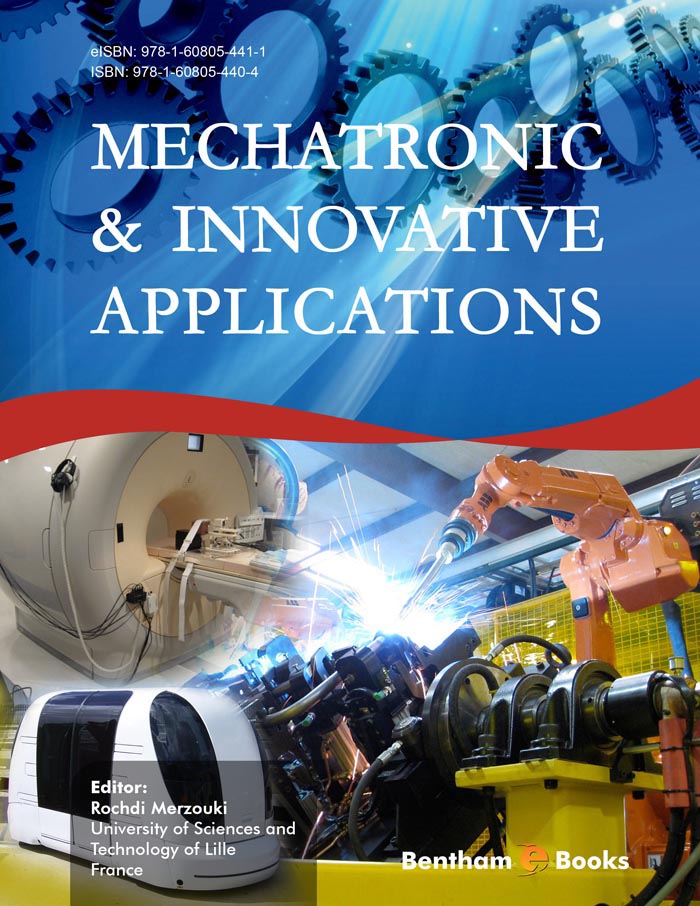I am honored by the invitation to write a foreword for the eBook entitled Mechatronic and Innovative Applications.
Mechatronics is a design discipline that integrates different areas. Originally, it encompassed three areas, namely electronics, computer engineering and mechanical systems, but today it covers multiple and diverse areas in science and engineering. This eBook emphasizes the importance of mechatronics and covers theoretical and practical topics in the design and implementation of advanced mechatronic systems.
This project brought together some distinguished researchers in mechatronics. I met and worked closely with some of the contributors to this eBook. This has been through several visits to Ecole Polytechnique de Lille, Ecole Centrale de Lille, and Université d’Evry. I participated as a member of PhD thesis committees and research discussions related to several of the topics covered in this eBook. And therefore, I have had the opportunity to see first hand their research activities. Professor Rochdi Merzouki, the editor and contributor to this eBook, and his colleagues have made great progress in the areas presented in this eBook.
The interest in mechatronics has grown tremendously over the years. Many reputable professional societies have launched conferences and Journals on mechatronics. Both industrial and academic institutions have promoted many events on the subject. In addition, there are academic and industrial departments whose main focus is mechatronic technologies and related methodologies. Some universities even grant degrees in this discipline. Today, and more so in the future, progress and innovation are facilitated by disciplines, such as mechatronics, that provide a framework for multi-disciplinary research and development.
The eBook covers theoretical and practical topics in the design and implementation of advanced mechatronic systems. It focuses specifically on mechatronics for intelligent and automatic systems. The applications cover vehicles and robotic systems. The themes include vehicle braking, vehicle simulators, electric vehicles, and autonomous and intelligent vehicles. In the area of robotic systems it includes robotic prosthetic hand, robot assisted brachytherapy of prostate, hexapod robots, mobile robots, and robot for finishing operations. Throughout these different complex mechatronic applications, the eBook demonstrates the use of power/energy mathematical modeling method (the Bond Graph modeling method), control systems design and implementation, monitoring and fault detection in addition to sensing and actuation. Thus the strength of the eBook is the integrated design approach taken in the problem solving of each one of the applications considered. It presents the modeling, instrumentation, control system design, simulations and experimentations.
I believe that this eBook will be a great resource for graduate students and researchers focusing on the mechatronic areas mentioned above. I have no doubt that the theoretical and practical experiences described herein will convey perception and intuition that will enhance understanding of the subject matter. I am sure that the methods and solutions presented will initiate new research and development aspects that will help advance the general field of mechatronics.
Professor Kamal Youcef-Toumi
Director of the Mechatronics Research Laboratory
Co-Director of the center for Clean Water and Clean Energy at MIT and KFUPM
Head of the Control, Instrumentation and Robotics Area
Department of Mechanical Engineering
Massachusetts Institute of Technology
Cambridge, MA, USA

